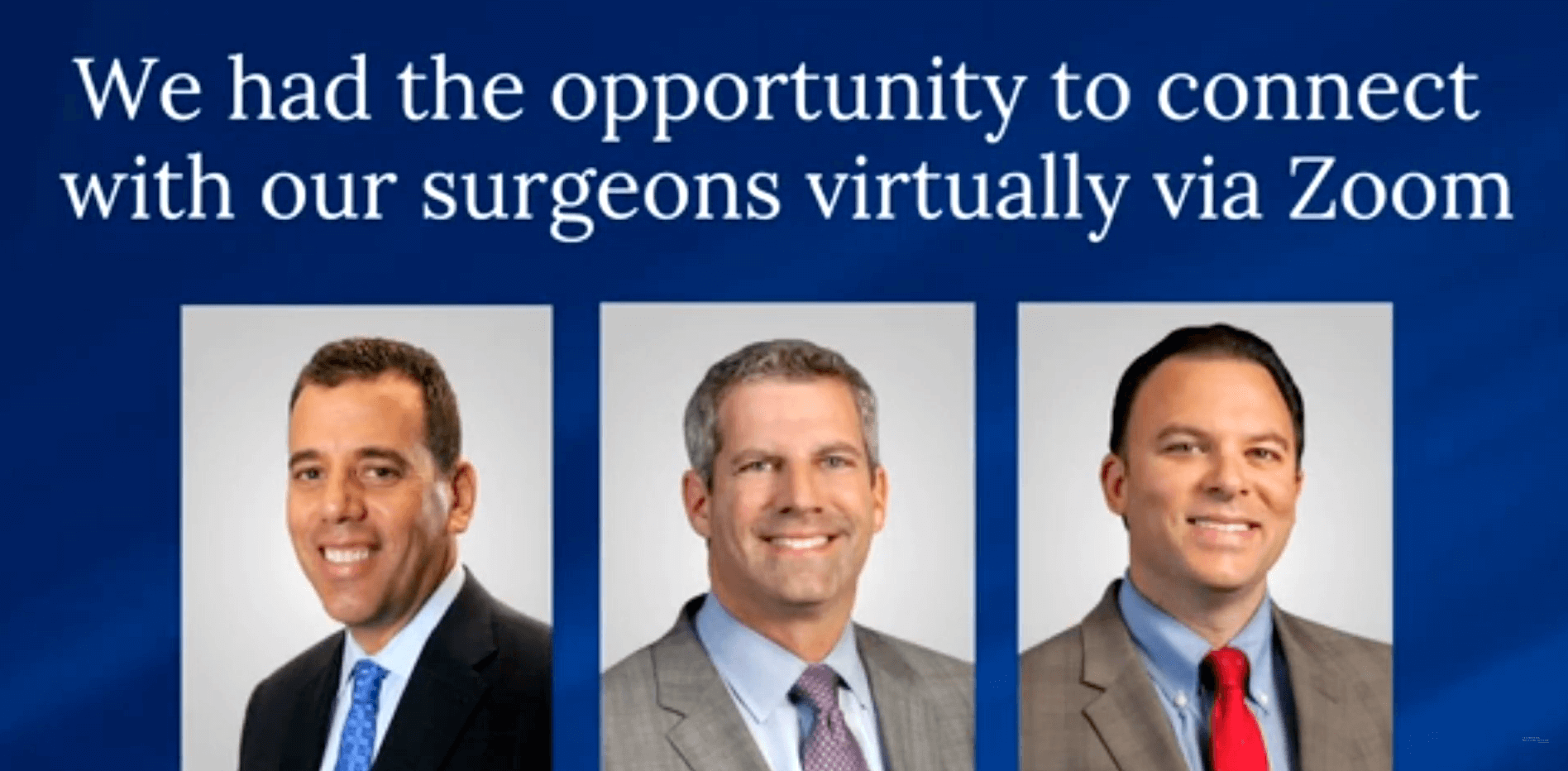Treatment Solution for Chronic Joint Pain
As clinicians, we all encounter patients with pain. Most of the time, our procedures relieve pain. However, a small subset of patients don’t get relief, and it can be very frustrating to deal with this scenario. We may second-guess our judgment about having done an initial procedure. As a next step, our instinct is to suggest a more aggressive and more invasive procedure typically. When this fails as well, we may begin to question both ourselves and/or the motivation and psyche of the patient.
Facing the dilemma of chronic joint pain is common. In one national survey, about one-third of adults reported having joint pain within the past 30 days.* A prototypical scenario is a person with knee pain. First, we take the most conservative approach and offer physical therapy and anti-inflammatory medications. The next step is cortisone shots. If that doesn’t help, we move on to arthroscopy and possible endoscopic repair of damaged joint elements, if any exist. Finally, the end game is total joint arthroplasty. Despite this final measure, in some patients, there is still pain. Yet how can there be a pain in the complete absence of the native joint?
The answer to this quandary is that not all pain is structural. We in the medical profession have all been indoctrinated to think structurally. The first step we take to make or confirm a diagnosis is to order an imaging study and evaluate how the structures look. And that is STILL the correct first step. However, when all of the structural causes of pain have been excluded, it’s time to start thinking about the neural origins of pain. Nerve dysfunction or damage is possibly causing joint pain.
Years of use, repeated injuries (minor and major), and surgeries can lead to injury to the nerves that innervate the capsule around the joint. When these nerves are damaged or injured, no amount of structural repair can alleviate the pain. The nerves must be addressed.
Nerve denervation for the wrist, knee, elbow, shoulder, and ankle have been well documented and has actually been in practice since the 1950s. The outcomes for long-standing, chronic pain are not as predictable as those in which the pain is relatively recent in onset. But dramatic, life-changing outcomes have been achieved by our techniques for both groups of patients.
Dr. Michael Rose, who has performed hundreds of nerve decompression and denervation procedures in the past ten years, has a particular interest and expertise in joint denervation procedures for acute and chronic pain that is not relieved by standard structural-based methods. He is one of only a handful of plastic surgeons specifically trained in this technique. He is a member of the team of surgeons at The Institute for Advanced Reconstruction, where the main focus is on neural-based solutions to difficult surgical problems.
Source: *http://www.webmd.com/pain-management/guide/joint-pain






